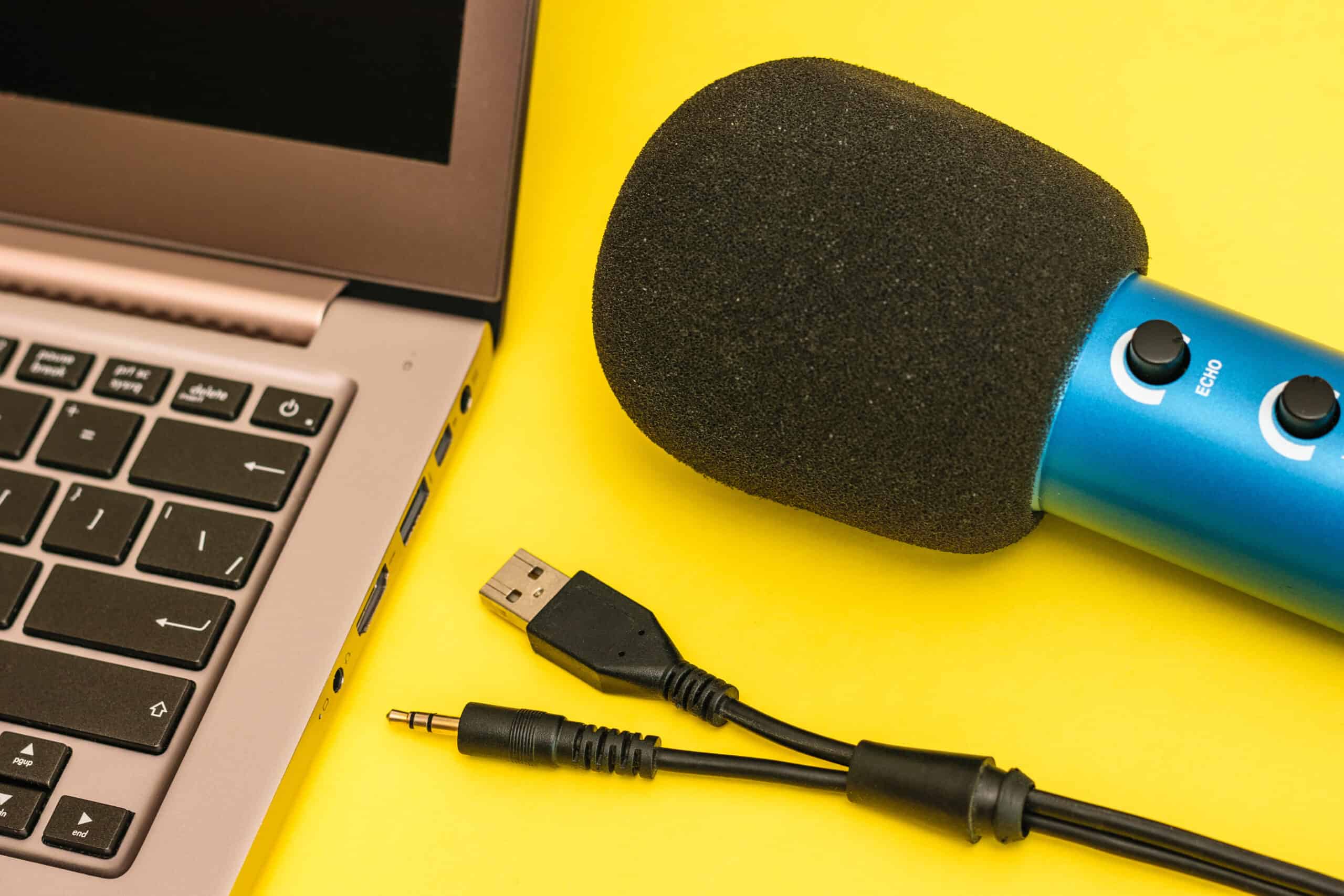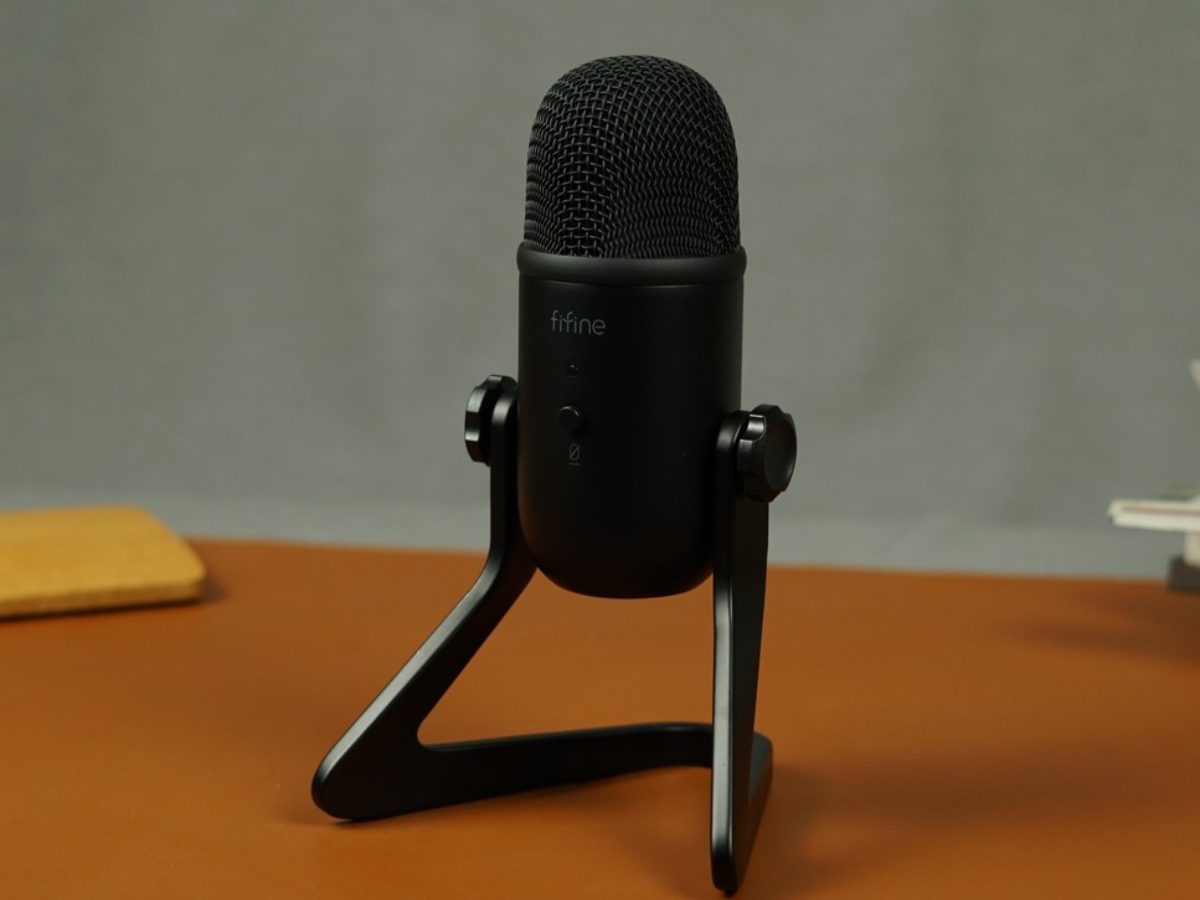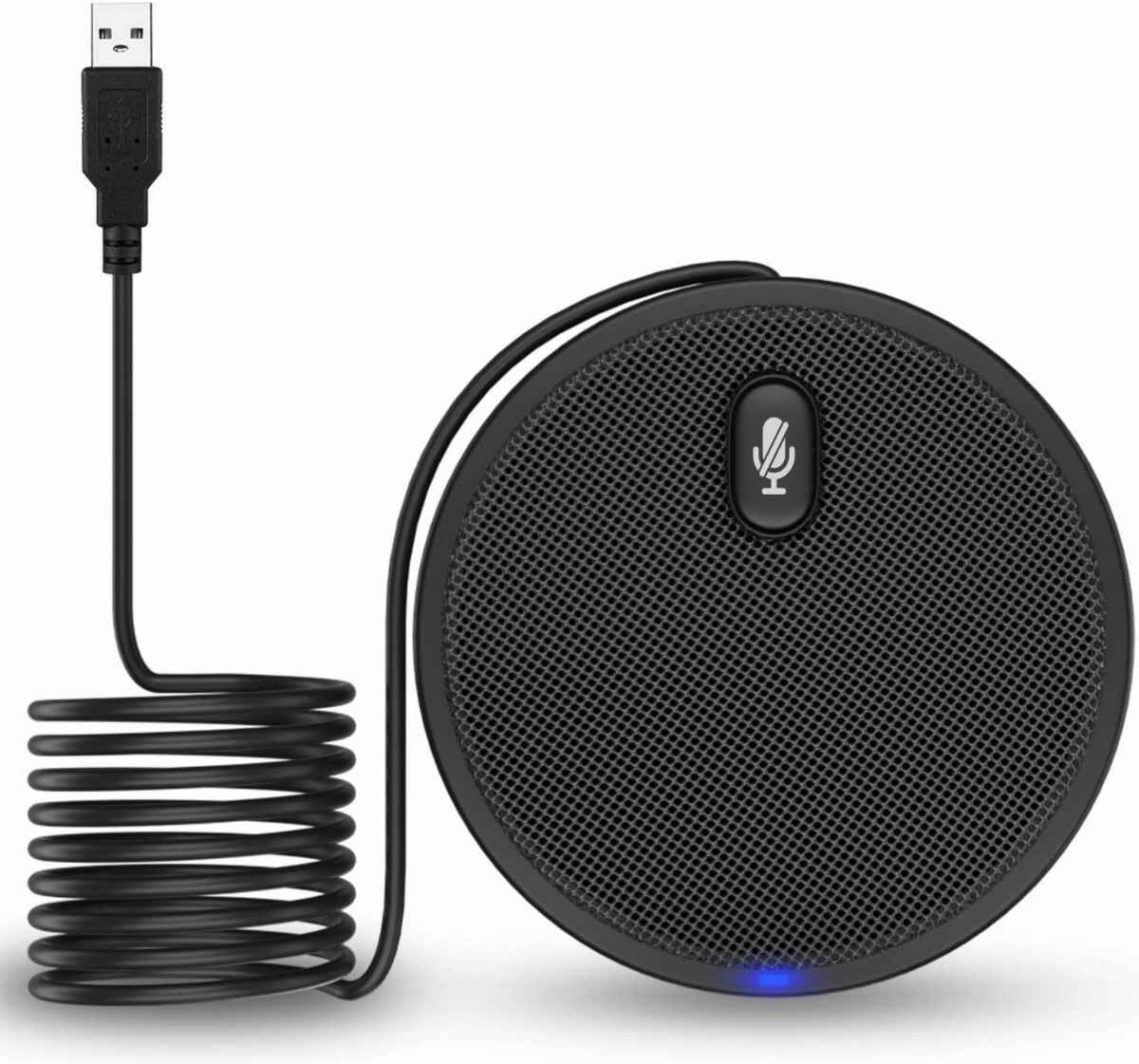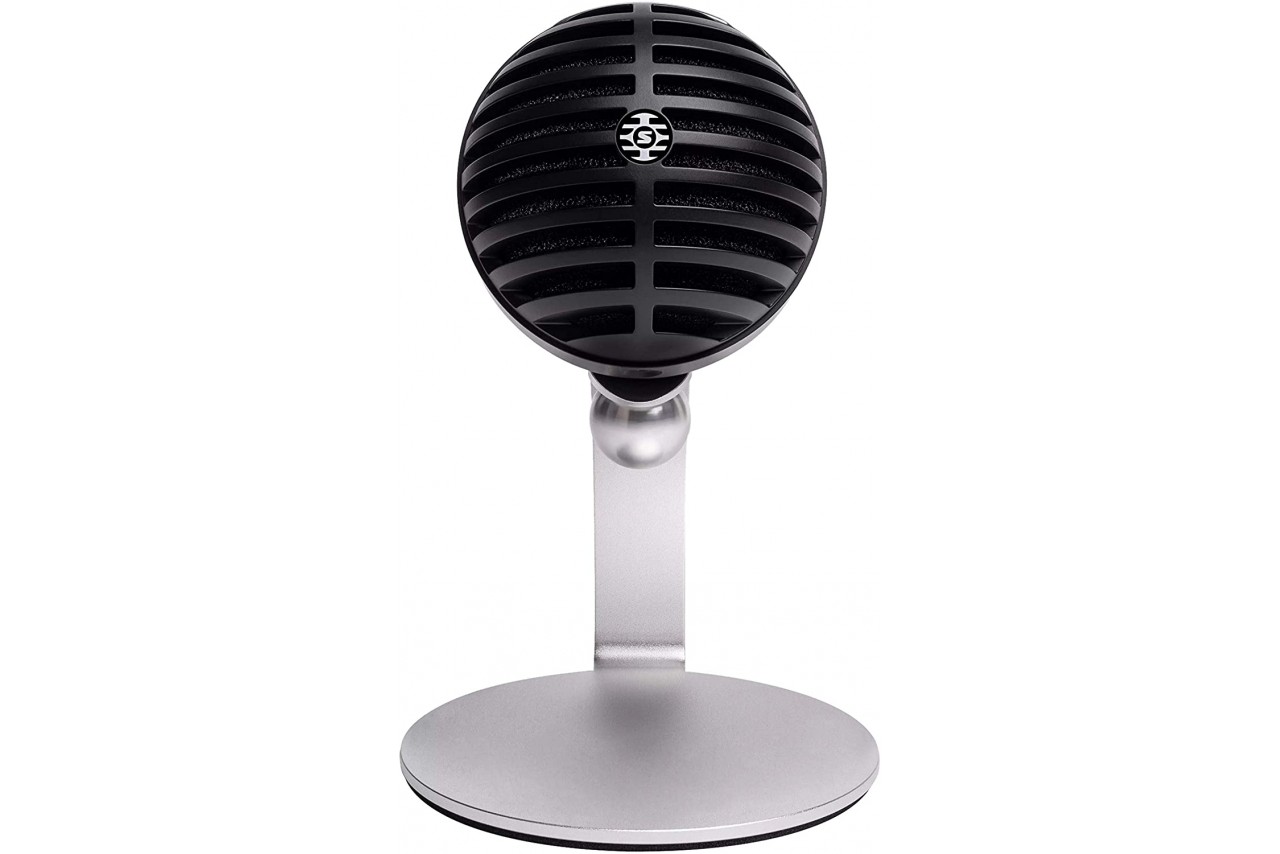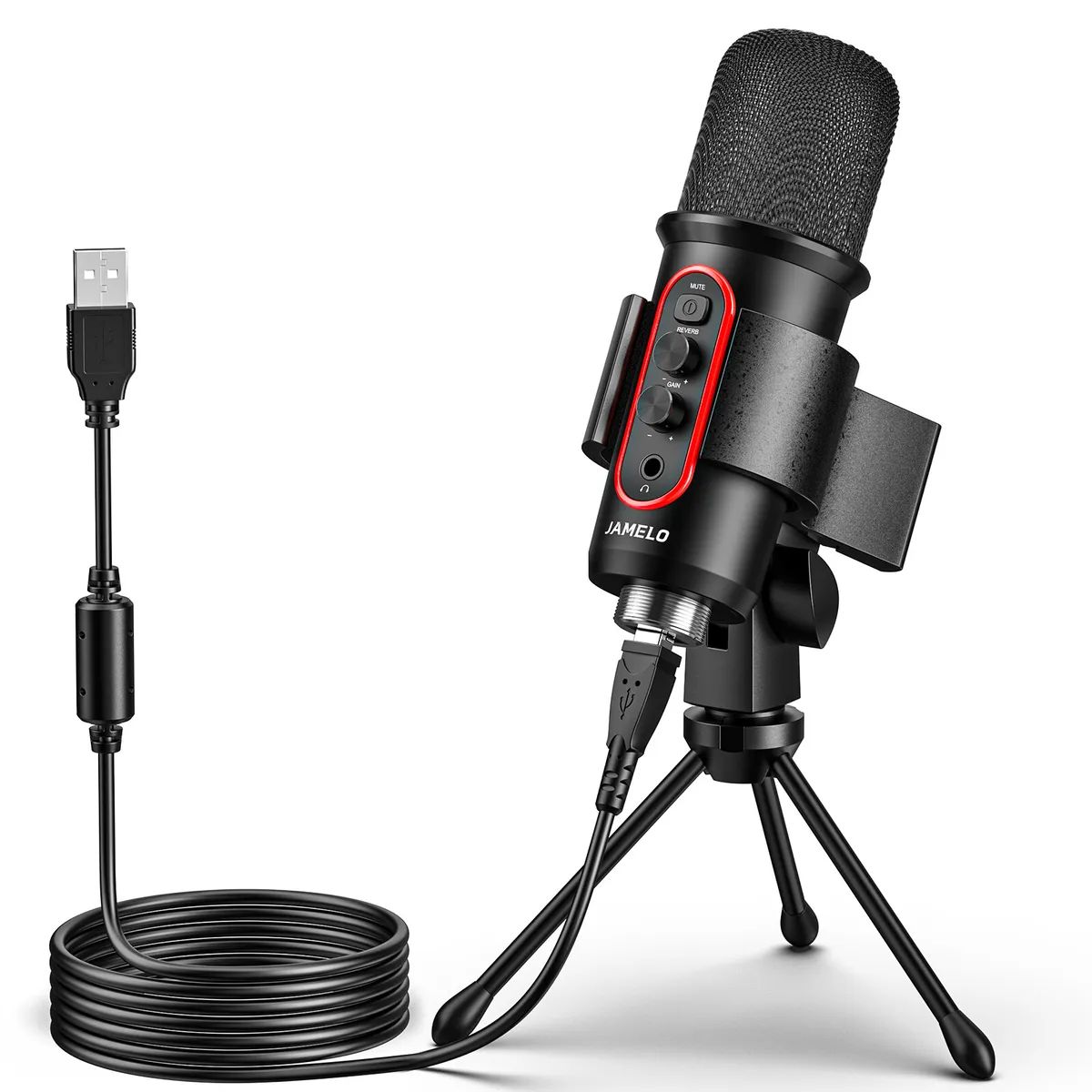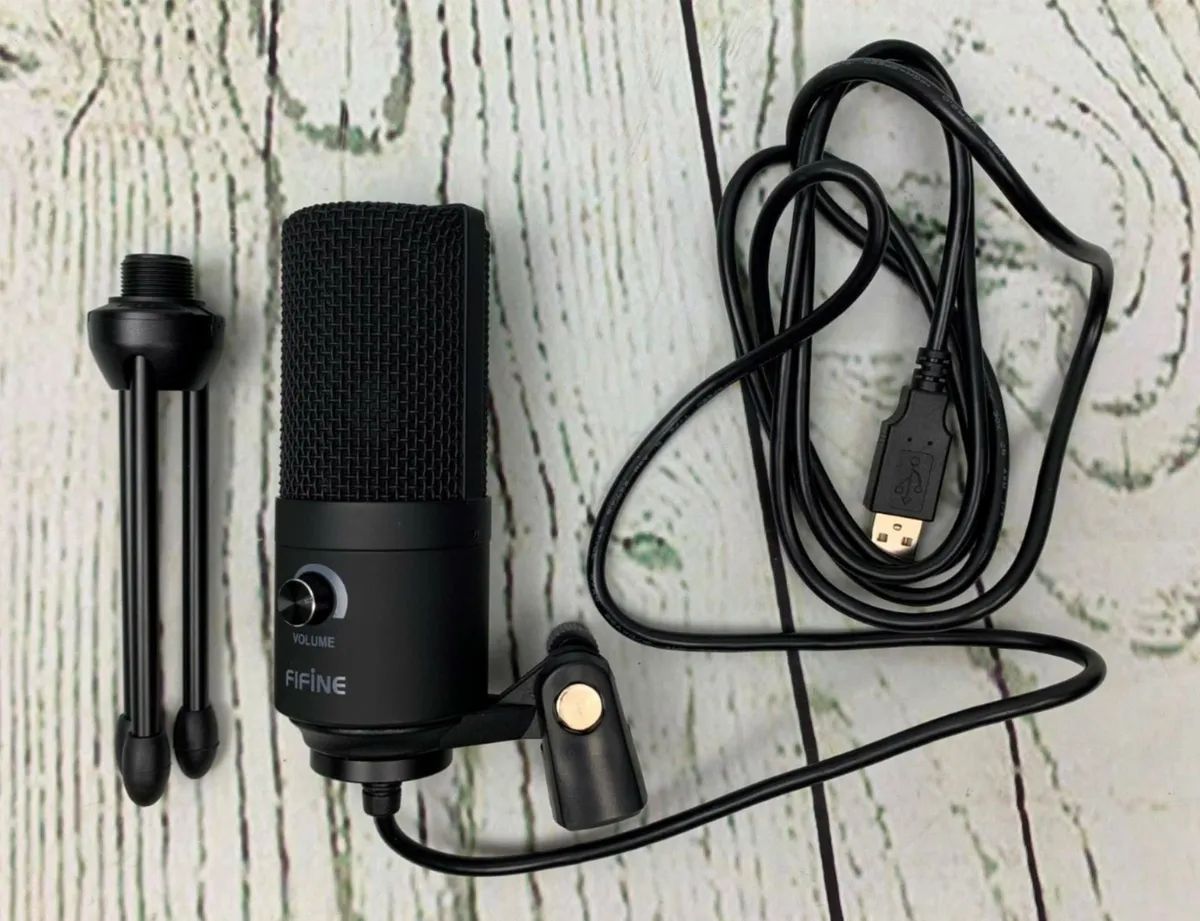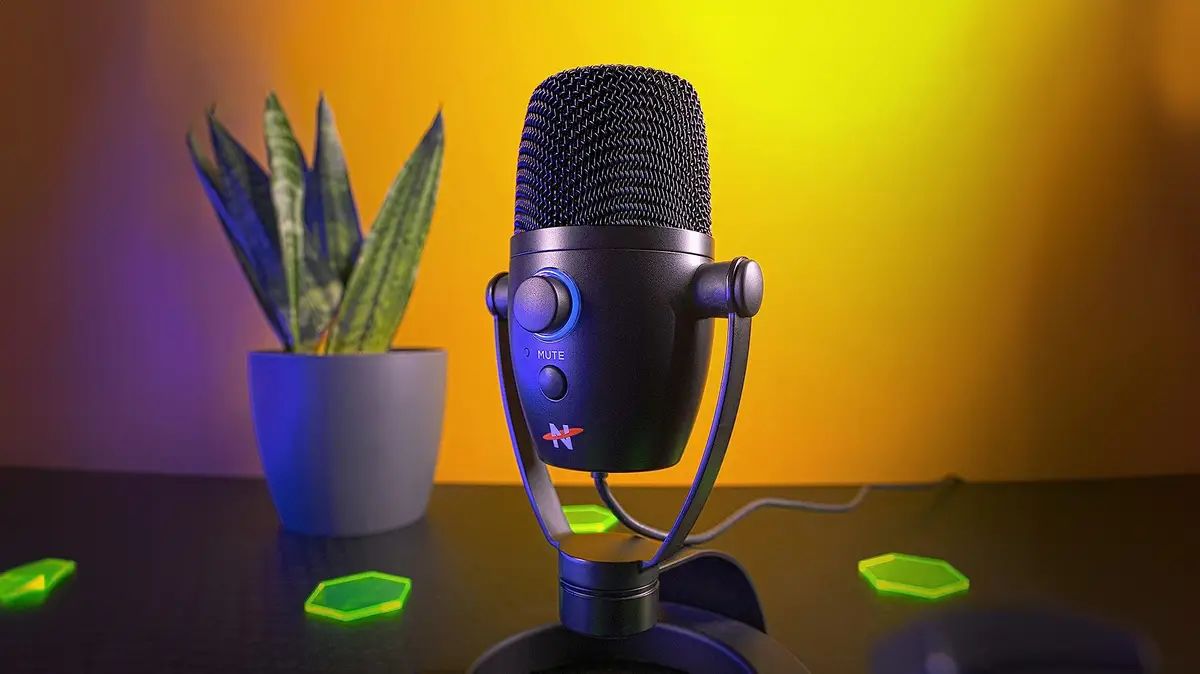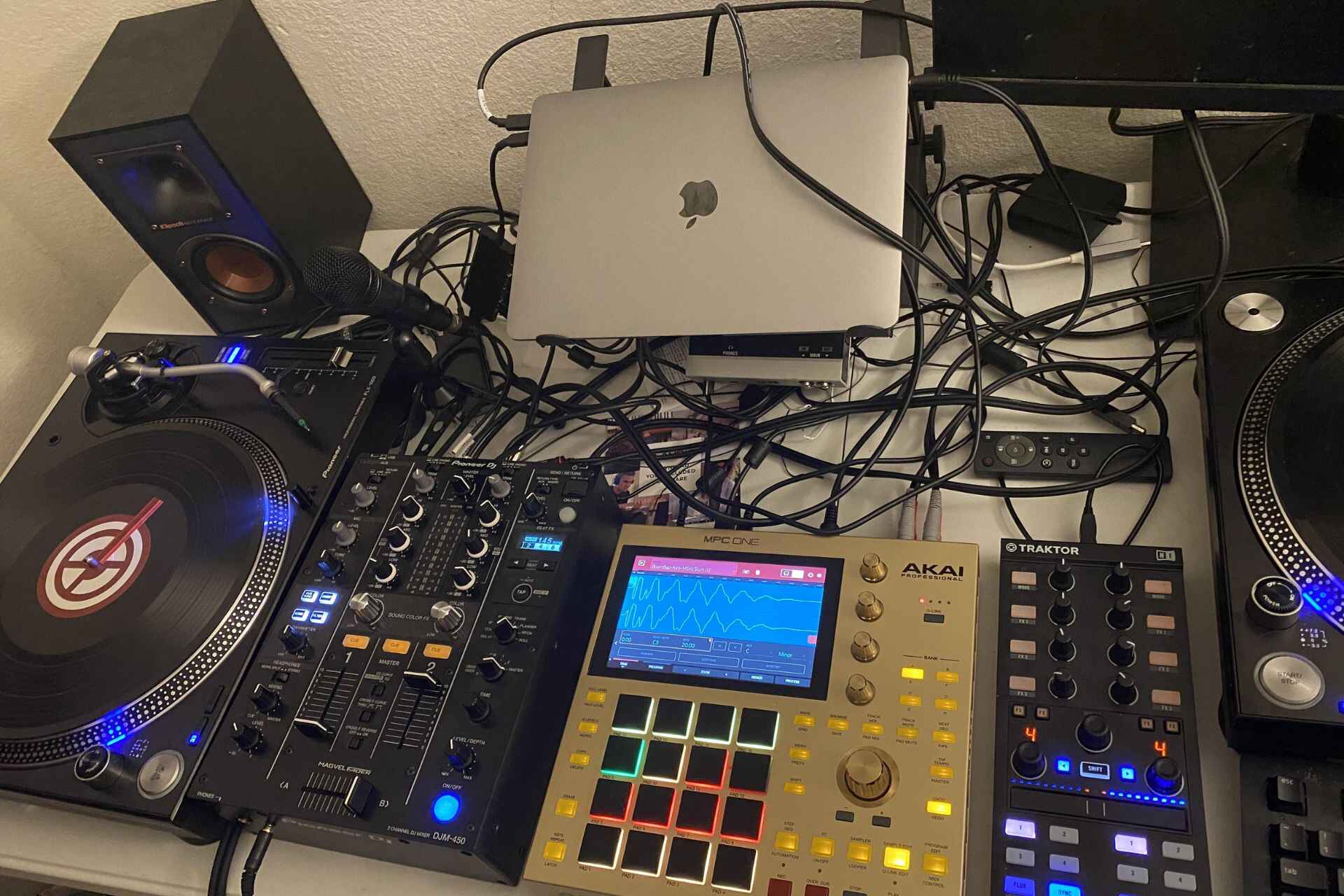Introduction
A USB microphone is a device that allows you to record audio directly onto your computer or other USB-enabled devices. With its plug-and-play feature, it eliminates the need for complex setups and additional audio interfaces. Whether you are a podcaster, musician, voice actor, or content creator, a USB microphone can be a game-changer in terms of sound quality and convenience.
In today’s digital age, the demand for high-quality audio has skyrocketed. From podcasting and live streaming to video conferencing and voiceovers, having clear and professional-sounding audio is crucial. A USB microphone offers a range of advantages that make it an excellent choice for anyone seeking to improve their sound recording capabilities.
Whether you’re a beginner or a seasoned professional, the benefits of using a USB microphone are undeniable. In this article, we will explore the multiple advantages that USB microphones offer, from improved sound quality to convenience, versatility, and cost-effectiveness.
Improved Sound Quality
One of the primary advantages of using a USB microphone is the significant improvement in sound quality. These microphones are designed to capture audio with high fidelity, ensuring crystal clear recordings. Unlike built-in laptop or smartphone microphones, which often produce low-quality and distorted audio, USB microphones offer professional-grade audio capture.
USB microphones are equipped with advanced technology and components that enhance the audio recording process. They often feature high-quality condenser capsules and built-in preamps, which allow for more accurate sound reproduction. Additionally, USB microphones are designed to minimize background noise and unwanted interference, resulting in cleaner and more professional-sounding recordings.
Furthermore, USB microphones offer the advantage of direct digital recording. When plugged into a computer or other USB-enabled devices, the audio signal is transmitted digitally, eliminating the need for analog-to-digital conversion, which can introduce signal degradation. This digital recording process ensures that the original audio is preserved without any loss in quality.
Moreover, many USB microphones offer adjustable recording patterns, such as cardioid, omnidirectional, and bidirectional. This versatility allows you to choose the most suitable recording pattern for your specific needs. Whether you are recording vocals, instruments, or group discussions, USB microphones provide the flexibility to capture audio from different directions, resulting in more dynamic and professional recordings.
Overall, USB microphones deliver exceptional sound quality that can rival or even surpass that of traditional XLR microphones. The improved audio fidelity they offer makes them an excellent choice for capturing vocals, musical performances, podcasts, voiceovers, and more.
Convenience and Portability
Another significant advantage of USB microphones is the convenience and portability they offer. Unlike traditional XLR microphones, which require additional audio interfaces and complex setups, USB microphones are incredibly easy to use and set up.
With a USB microphone, all you need to do is plug it into your computer or USB-compatible device, and you’re ready to start recording. The plug-and-play feature eliminates the need for driver installations or external power sources. This simplicity makes USB microphones ideal for beginners or individuals with limited technical knowledge.
Moreover, USB microphones are designed with portability in mind. They are compact and lightweight, making them easy to carry and transport. Whether you’re a content creator who travels frequently or a musician who wants to record on-the-go, a USB microphone allows you to easily take your recording setup with you wherever you go.
Additionally, USB microphones are often equipped with headphone jacks for real-time monitoring. This feature allows you to listen to your recordings directly from the microphone, without any delay. It provides instant feedback and ensures that you capture the desired sound, saving you time and effort in post-recording editing.
Furthermore, USB microphones offer compatibility across a wide range of devices, including computers, laptops, tablets, and even smartphones (with the use of an adapter). This versatility allows you to use the same microphone for different recording purposes, whether it’s podcasting, voiceovers, online gaming, or video conferencing.
In summary, USB microphones provide the ultimate convenience and portability. Their plug-and-play functionality, compact design, and compatibility with various devices make them a perfect choice for individuals who value ease of use and the ability to record audio wherever they go.
Easy to Use
One of the key advantages of USB microphones is their user-friendly nature. Whether you’re a beginner or an experienced professional, USB microphones offer a straightforward and hassle-free recording experience.
Unlike XLR microphones that require additional audio interfaces and complex cable setups, USB microphones can be easily connected directly to your computer or other USB-enabled devices. The plug-and-play functionality means you can start recording without the need for any technical configurations or installations.
Most USB microphones come with onboard controls that allow you to adjust settings such as volume, gain, and recording patterns. These controls are typically located on the microphone itself, allowing for easy access and quick adjustments during recording sessions.
In addition, many USB microphones are compatible with different recording software, making it simple to integrate them into your preferred digital audio workstation (DAW) or recording application. This seamless compatibility eliminates the need for complex software setups and ensures that you can focus on your recording without any technical hurdles.
Another aspect that makes USB microphones easy to use is the direct monitoring feature. With a built-in headphone jack, you can listen to the audio in real-time while recording. This allows you to monitor the quality and make adjustments as needed without the need for additional hardware or software.
Furthermore, USB microphones often come with bundled software or plugins that provide additional features and functionality. These software packages may include noise reduction, EQ adjustments, and other audio processing tools, which can enhance the quality of your recordings and streamline your post-production workflow.
Overall, USB microphones prioritize user-friendliness, providing a simple and intuitive recording experience. Whether you’re a beginner exploring the world of audio recording or a professional seeking a convenient and efficient setup, USB microphones offer a seamless and easy-to-use solution.
Versatility and Compatibility
USB microphones are known for their versatility and compatibility, making them a valuable tool for various recording applications. Whether you’re recording vocals, instruments, podcasts, voiceovers, or live streaming, USB microphones offer the flexibility to meet your needs.
One of the key advantages of USB microphones is their ability to record in different polar patterns. Polar patterns determine the direction from which sound is captured. USB microphones often offer multiple polar patterns, such as cardioid, omnidirectional, and bidirectional. This versatility allows you to choose the most suitable polar pattern for your specific recording situation.
For example, the cardioid pattern is ideal for solo vocal or instrument recordings, as it captures sound primarily from the front and rejects background noise from the sides and rear. The omnidirectional pattern, on the other hand, captures sound from all directions, making it suitable for group discussions or capturing ambient sounds. The bidirectional pattern captures sound from the front and rear, making it great for interviews or duets.
In addition to versatile polar patterns, USB microphones are compatible with a wide range of recording software and operating systems. Whether you’re using Windows, Mac, or Linux, you can easily integrate a USB microphone into your preferred recording setup. This compatibility ensures that you can seamlessly use your USB microphone without any software or operating system restrictions.
Moreover, USB microphones can be used with various devices, including computers, laptops, tablets, and even smartphones. Many USB microphones can be connected to smartphones using adaptors, allowing you to record high-quality audio on the go. This compatibility across different devices expands the possibilities for recording and ensures that you can use your USB microphone in different settings and scenarios.
Furthermore, USB microphones are often equipped with additional features such as headphone jacks, mute buttons, and gain controls. These features enhance the usability and adaptability of the microphone, giving you more control over the recording process and allowing you to customize the sound according to your preferences.
In summary, USB microphones offer exceptional versatility and compatibility. From their ability to record in different polar patterns to their compatibility with various recording software and devices, USB microphones enable you to adapt to different recording situations and achieve professional-quality results.
No Need for Additional Equipment
One of the significant advantages of USB microphones is that they eliminate the need for additional equipment typically required with traditional XLR microphones. With a USB microphone, you can start recording without the hassle of purchasing and setting up extra audio interfaces, mixers, or preamps.
USB microphones are designed to be all-in-one solutions, combining the microphone, preamp, and analog-to-digital converter into a single device. This integration ensures that you can achieve high-quality recordings without the complexity of multiple components.
Traditional XLR microphones require an audio interface to convert the analog signal from the microphone into a digital format for recording on a computer. This additional equipment can add cost and complexity to your setup. In contrast, USB microphones bypass the need for an audio interface by directly connecting to your computer or USB-enabled device.
Not needing additional equipment means that USB microphones are portable and convenient. You can easily set up your recording space wherever you go, without the need to carry bulky audio interface equipment. This feature makes USB microphones perfect for content creators, musicians, and those who require flexibility in their recording setup.
Additionally, the absence of additional equipment also means fewer cables and wires cluttering your workspace. With a USB microphone, you only need a single USB cable to connect to your computer or device. This simplicity not only saves space but also reduces the chances of cable tangling or connection issues.
Furthermore, USB microphones often come with features that enhance their usability without the need for extra equipment. For example, many USB microphones have built-in headphone jacks that allow for direct monitoring of your recordings. This eliminates the need for a separate headphone amplifier or monitoring setup.
To summarize, USB microphones offer the advantage of not needing additional equipment. With their all-in-one design and direct connection to your computer or device, you can save on cost, space, and setup time, making USB microphones a convenient and efficient choice for your recording needs.
Cost-Effective
USB microphones are not only versatile and easy to use but also provide a cost-effective solution for recording high-quality audio. Compared to traditional XLR microphones and their associated equipment, USB microphones offer significant savings without sacrificing audio performance.
One of the cost-saving benefits of USB microphones is their all-in-one design. With a USB microphone, you don’t need to purchase additional equipment such as audio interfaces, mixers, or preamps. This eliminates the need for multiple components, saving you money on purchasing and maintaining additional gear.
Additionally, the elimination of extra equipment means reduced setup and installation costs. Setting up and configuring a traditional XLR microphone system often involves professional assistance or technical knowledge, which can come with additional expenses. In contrast, USB microphones can be easily connected and used by anyone without the need for extensive setup or professional help.
Moreover, USB microphones are versatile and can be used for various purposes such as podcasting, voiceovers, gaming, and music production. This versatility means you can invest in a single USB microphone that can handle multiple recording tasks, eliminating the need to purchase different microphones for different applications.
USB microphones also offer value for money in terms of their durability and longevity. Many USB microphones are built with high-quality materials and components that ensure their longevity and reliability. With proper care and maintenance, a USB microphone can serve you well for years, making it a sound investment.
Furthermore, USB microphones often come with additional features and bundled software that provide added value. These features may include built-in headphone jacks, mute buttons, gain controls, and software plugins for audio processing. These added functionalities not only enhance the usability of the microphone but also save you money on purchasing separate accessories or software.
Overall, USB microphones offer a cost-effective solution for high-quality audio recording. Their all-in-one design, versatility, durability, and additional features make them a smart investment for beginners and professionals alike, providing excellent value for money.
Conclusion
USB microphones offer numerous advantages that make them an excellent choice for recording high-quality audio in a convenient and cost-effective manner. From improved sound quality to their ease of use, versatility, and compatibility, USB microphones provide a range of benefits for content creators, musicians, podcasters, and professionals in various industries.
The improved sound quality of USB microphones ensures crystal clear recordings, thanks to advanced technology and components. USB microphones capture audio with high fidelity and reduce background noise and unwanted interference, resulting in professional-grade sound reproduction.
The convenience and portability of USB microphones make them incredibly easy to use and carry. With their plug-and-play feature, minimal setup is required, and their compatibility with various devices allows you to record high-quality audio on the go.
USB microphones are user-friendly, offering intuitive controls, direct monitoring, and seamless integration with recording software. They eliminate the need for additional equipment such as audio interfaces, making them a cost-effective solution for achieving excellent audio quality without breaking the bank.
The versatility and compatibility of USB microphones allow for different recording applications and support various polar patterns. Whether you’re recording vocals, instruments, podcasts, or group discussions, USB microphones offer the flexibility to meet your specific recording needs.
In conclusion, USB microphones provide an outstanding solution for anyone seeking to improve their sound recording capabilities. With their improved sound quality, convenience, user-friendly design, versatility, and cost-effectiveness, USB microphones offer a compelling choice for capturing professional-grade audio in a wide range of applications. Invest in a USB microphone today and elevate your sound recording to new heights.







